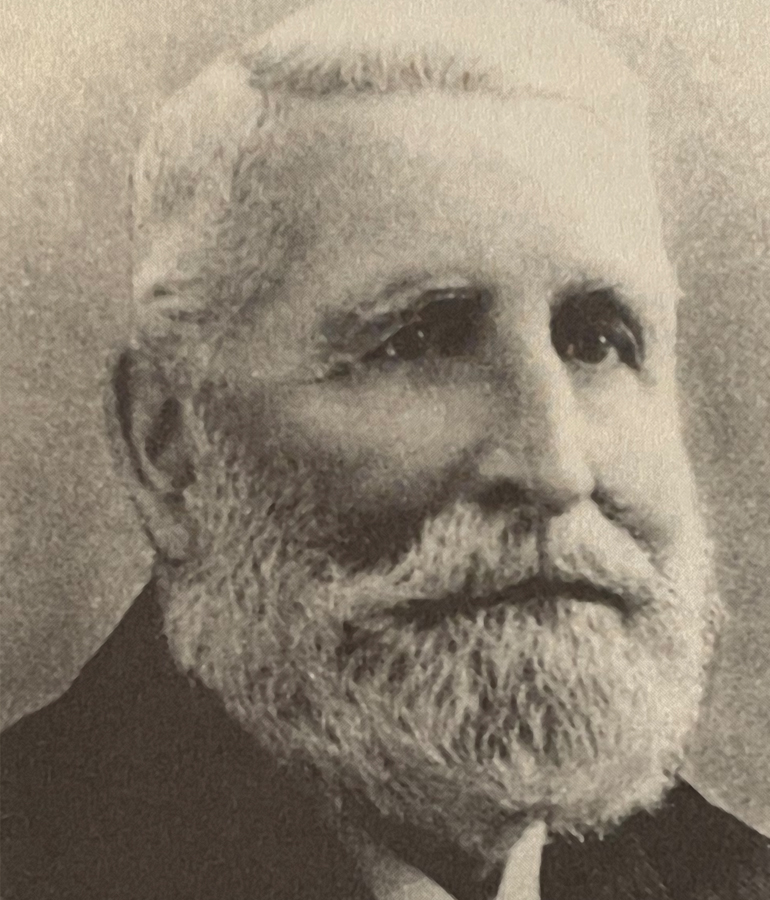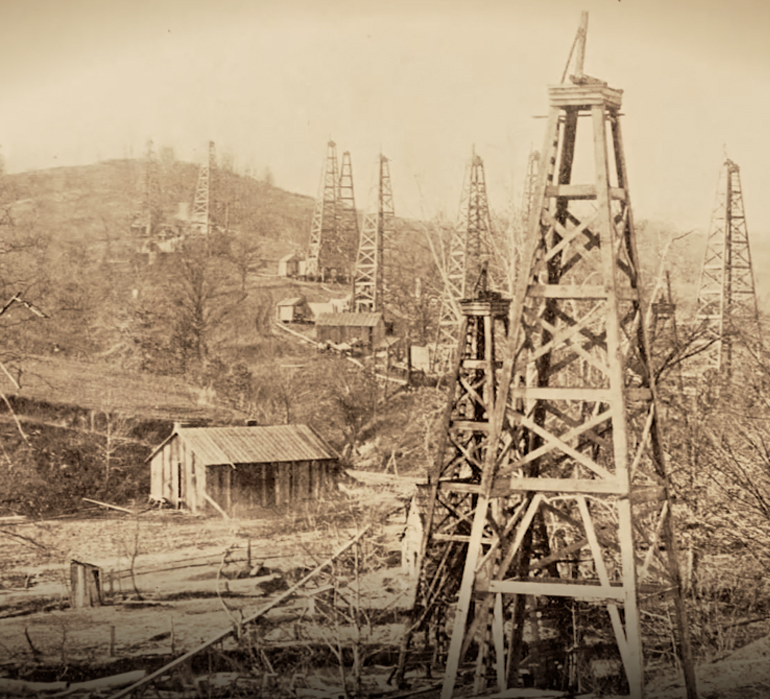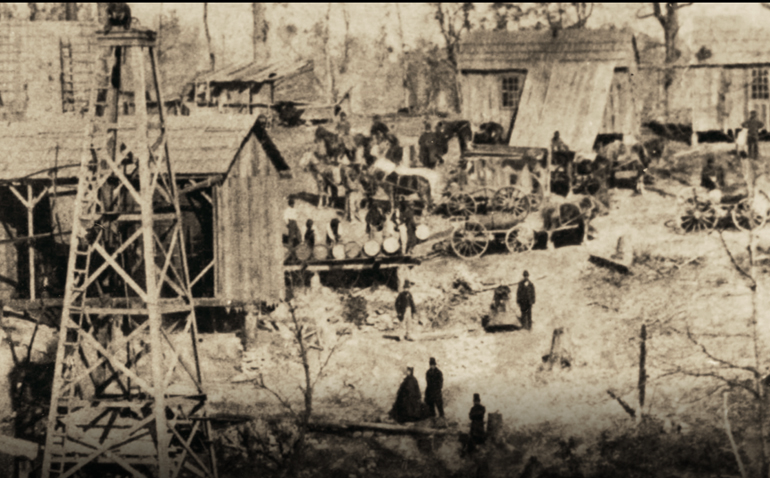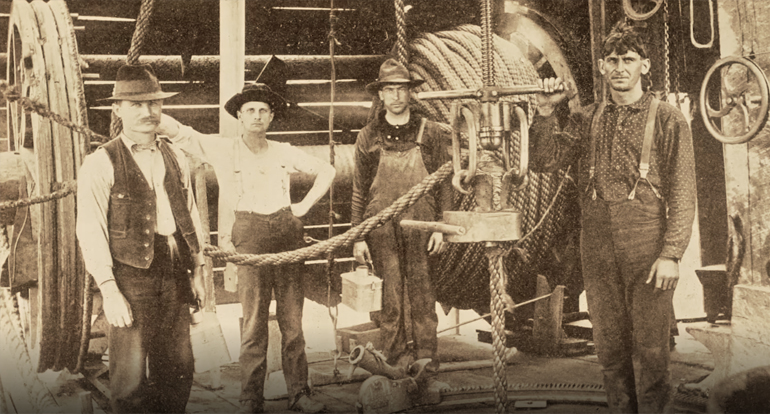John Valleau Rathbone
John V. Rathbone was was one of the sons of Wiliam P. Rathbone, a wealthy New York City judge and alderman who invested in a shipbuilding business. Following the financial crisis of 1837, his brother John C. was sent west by thier father to look for investment opportunities. John C. traveled to Kansas, a stop in Parkersburg on his way back to New York would change the Rathbone family’s lives.
John C. convinced his father to invest in a potentially profitable area along the Little Kanawha. William took his son’s advice, and the family moved to the area where William purchased nearly 12,000 acres. John V., along with his family, worked to develop the area into a small village with a grist mill, general store, and boat yard. To take advantage of the resources in the area, the Rathbones began engaging in timbering and then turned their sights to collecting oil from a well drilled in 1835, which was sold as a “cure all” medicine.
The Rathbones Strike Oil
Brothers John C. and John V. Rathbone are credited with the first exclusively petroleum-drilled well in West Virginia at Burning Springs in 1859. The discovery started an oil rush.The famous Rathbone well produced 500 barrels per day. Following their success, many prospectors came to the Burning Springs area. The Rathbones seized the opportunity, surveying 600 acres of their property and leased them to the newcomers in one-acre parcels and retaining one-third production royalties.
By April 1861, the Rathbones were each earning $10,000 per day from their oil production, leases and royalties. One of the prospectors was Johnson N. Camden who, along with three other business men, secured two of the leases to search for rock oil. The business arrangement soon turned into a partnership called the Kanawha Burning Springs Company whose purpose was to lease more land to interested investors and prospectors. The Rathbones were also instrumental in developing transportation systems from Burning Springs to Parkersburg, including building locks and dams, roads, and railway systems to transport oil and supplies.
Leasing for Profit
John V. secured many oil leases for the Rathbones, including those with Camden, that made the family a fortune. Land was leased in one-acre, and sometimes half-acre, lots to prospectors. The Rathbones profited from these leases by leasing the property and making a percentage of the drilling profits as part of the contracts.Of Note
Made West Virginia’s First Major Oil Discovery at Burning Springs




